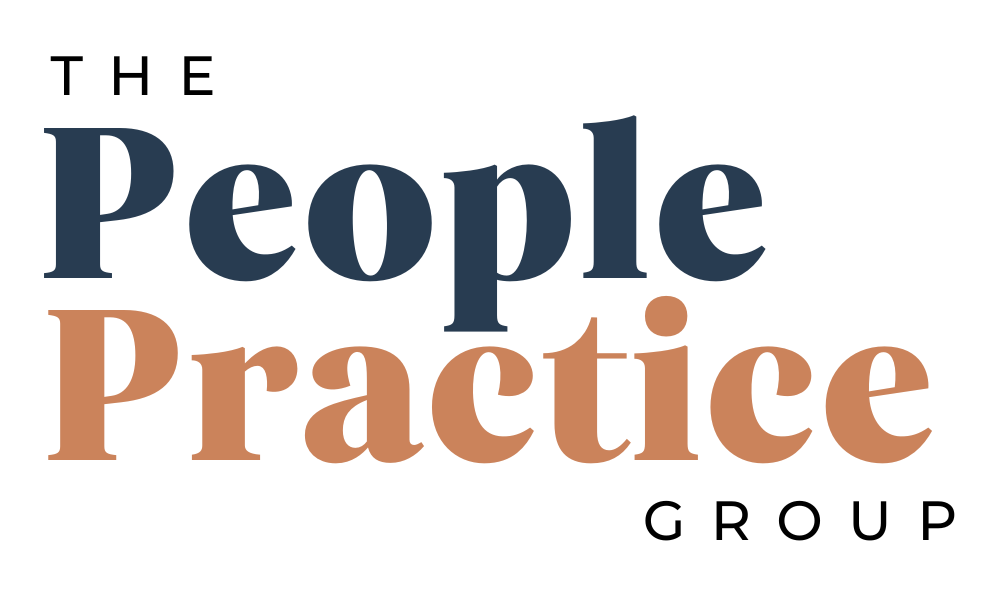Christmas Triggers and How to Handle Them
The Holiday Season and Triggers go together like Ant and Dec, Pen and Paper, and Gin and Tonic. Unfortunately. It’s almost as if you can’t have the first without the second.
Or can you? I’m here to tell you that, happily you can still have festive fun in spite of your triggers.
First, it’s good to understand what triggers really are. Triggers can be any action, words, or experience that awakens in us strong feelings. Essentially, they are a reaction to a past event or trauma: we are being reminded on a primal level of something from a long time ago when we didn’t feel safe, which then mobilises our whole system (our body, mind and heart). This doesn’t always need to be a problem, but when we are under-resourced and dysregulated, we tend to react unfavourably and don’t respond well to the trigger.
Is it even possible to respond ‘well?’
Of course, it depends on how each person defines ‘well’, but as a parent, I know that I’m under a lot of stress, and that means I react rather than respond, let alone respond ‘well’. This results in me thinking, “I wish I hadn’t done that”, “I’m awful”, or “I’m a terrible mum”, or “I’m messing up my kids”. None of which are actually true.
For me, responding well means following my ARSE…..
1. Awareness
Creating awareness and recognising triggers are essential steps in managing emotional responses. Recognising triggers involves a heightened self-awareness of the physical and emotional signals that indicate a stressful or triggering situation. How does this manifest itself?
Ask “Where can I feel it in my body? What am I thinking and feeling?” For example, your jaw might be clenched. Often, stress and frustration can manifest in the jaw area. The act of clenching the jaw is a physical response to inner tension. Emotional stress can cause physical sensations, and a tight chest is a common manifestation. It may feel like a constriction or heaviness in the chest.
One of the primary emotions associated with triggers is anger. This emotion can be intense and immediate, colouring perceptions and reactions. Negative Thoughts about the Child: Triggers often result in negative thought patterns, such as labelling the child's behaviour as 'terrible.' These thoughts contribute to the emotional response.
Creating awareness involves a deep understanding of both the physical and emotional components of a trigger. Recognising the signs in the body, identifying negative thought patterns, and understanding the immediate emotional response are crucial steps.
2. Responsibility
Taking responsibility is crucial if my reaction involves someone else, especially my children. I say “it’s me, not you”. I want them to understand that they haven’t caused this behaviour. It’s not their fault. Their behaviour (or your mother-in-law’s or your partner’s, etc.) might be the trigger, but they aren’t responsible for how I respond. I am responsible. Remember, we can’t change anyone else’s behaviour, only our own. And in fact, this can be a great moment to model to your child, mother-in-law or partner, how to handle things differently and what taking responsibility for yourself can look like.
3. Story
What is the narrative behind this? What drives that trigger? What is the story in our head when we are in those triggered moments? Mine can often be, “My kids don’t listen, they’re terrible children, they have no appreciation or respect for me, they don’t respect me because I’m not good enough”. Often, any trigger comes back to my age-old story of “I’m not good enough.” When I was young, respect was something that I actually associated with fear and powerlessness.
What’s a new story you can tell yourself?
For me, I know it will start with the fact that respect doesn't equate to my self-worth and isn’t related to powerlessness. For me, knowing what story you tell yourself so you don’t pass that on to your kids and create generational trauma is, in itself, incredibly empowering.
4. Empower yourself - Dig into your toolkit
Find what brings you back from being powerless to powerful.
Is it walking away, screaming into a pillow, deep breathing, or something else?
Everyone is different, so it’s essential you try different things and find what works for you. All the tools in the world won’t help until you have awareness and understand your stories better. And then, at the end of it all, be kind to yourself. When we are kinder to ourselves and well-resourced, we will respond rather than react.
The main takeaway from this is - if I don’t say this enough already is, “self-care, self-care, self-care” and ensure YOUR needs are being met. And if they aren’t, just yet, then to have followed your ARSE is a win that deserves a big dose of self-love and makes you pretty bloody brilliant.
I hope you can take that message forward into December and beyond.
